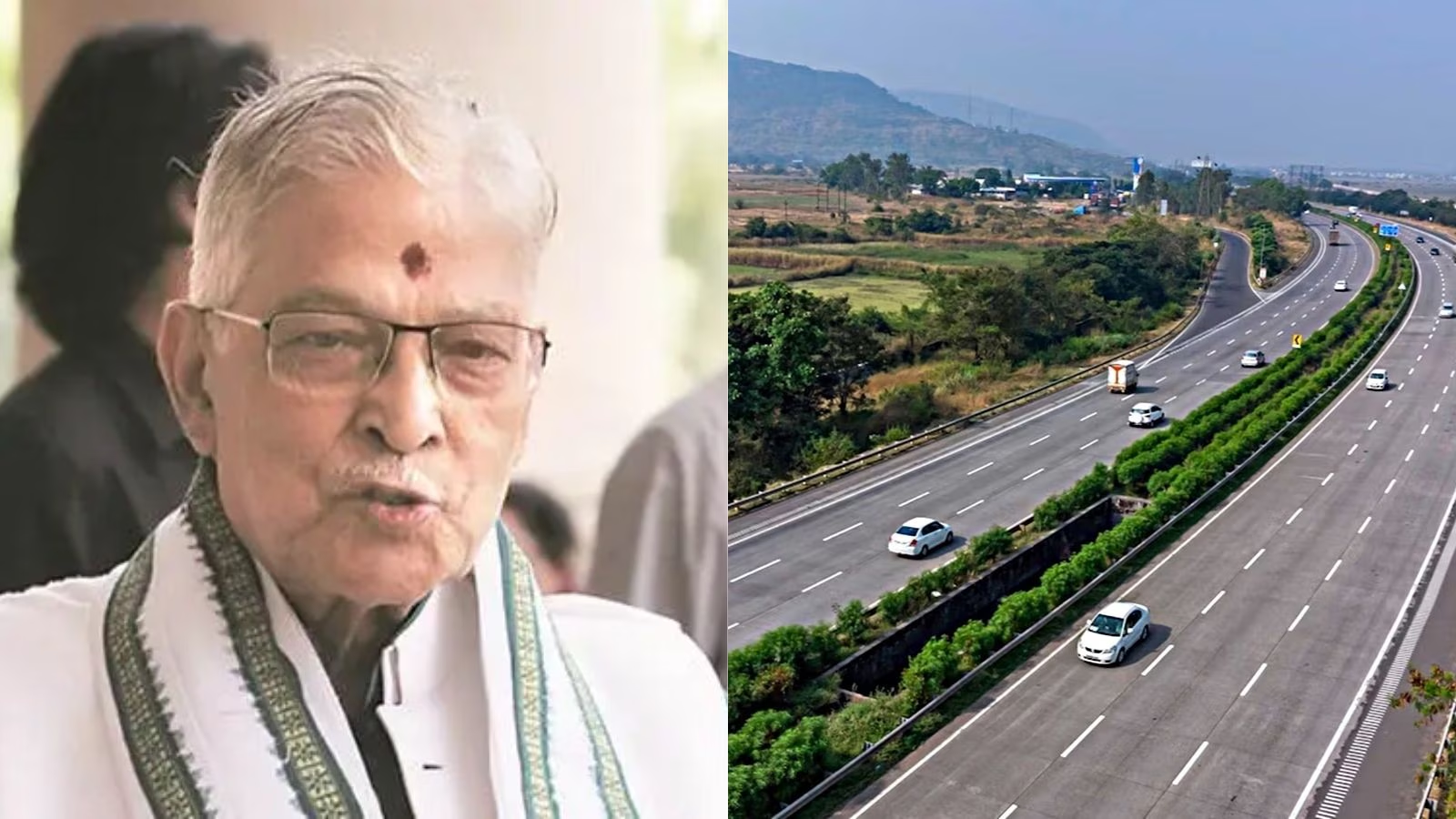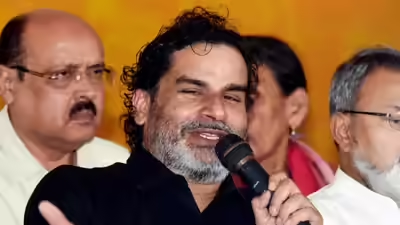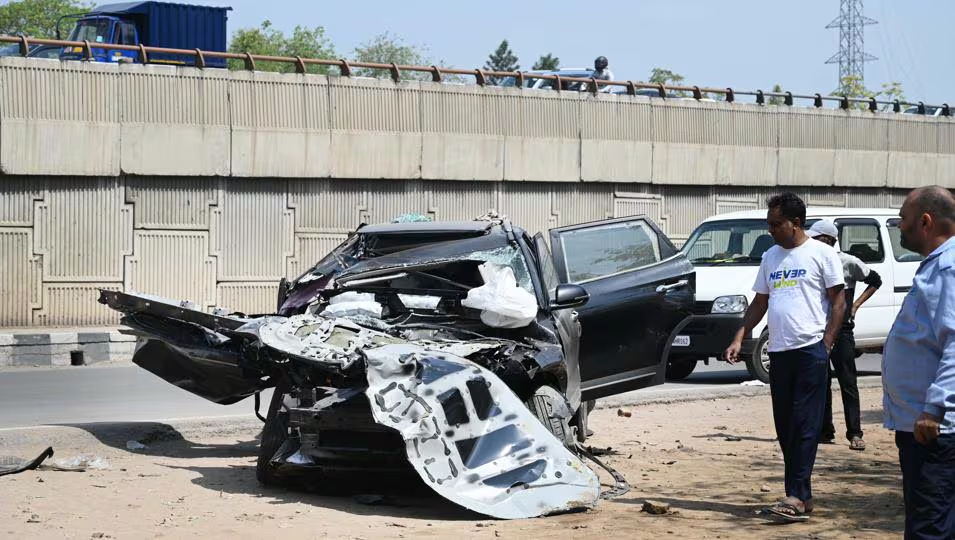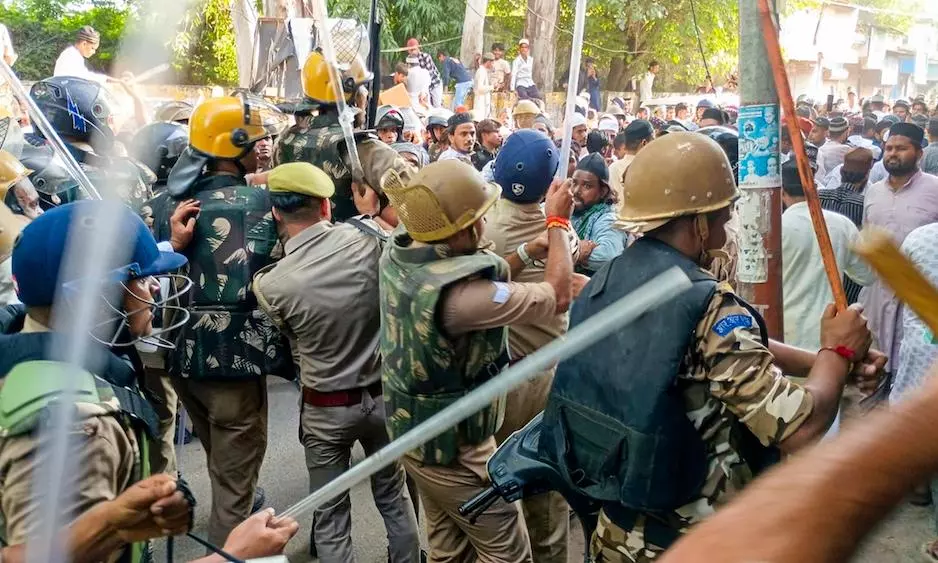Now Reading: Senior BJP Figures Urge SC to Review Char Dham Road Order: A Clash Over Ecology and Development
-
01
Senior BJP Figures Urge SC to Review Char Dham Road Order: A Clash Over Ecology and Development
Senior BJP Figures Urge SC to Review Char Dham Road Order: A Clash Over Ecology and Development

In a rare collective move, more than 50 prominent figures—including former Union minister MM Joshi and ex-MP Karan Singh—have petitioned the Supreme Court to revisit its 2021 judgment that cleared the Char Dham road widening project in Uttarakhand. The petitioners argue that the project threatens fragile Himalayan ecology, especially in the Bhagirathi Eco Sensitive Zone, and demands a balance between development and environmental protection.
What the Petitioners Are Saying
They contend that the widened roads, justified on defence and connectivity grounds, come at an unacceptable ecological cost. The letter claims there are over 800 identified landslide-prone zones along the route, many worsened by aggressive hill cutting and road expansion. They warn that unchecked development in the Bhagirathi catchment could trigger irreversible environmental damage.
They are urging the court to quash the Ministry of Road Transport and Highways circular from December 2020 and review the earlier ruling that permitted widening in sensitive hilly terrain. They say the original decision failed to account adequately for the cumulative impact of roadwork, climate stress, and local vulnerabilities.
Development vs Environment: The Dilemma
For Uttarakhand and other Himalayan states, roads are lifelines—they enable connectivity, emergency access, and tourism. Proponents argue that better roads improve mobility, reduce travel time, and support local economies in remote areas.
But in mountainous terrain, road construction comes with risks: landslides, soil erosion, disruption of aquifers, and loss of natural buffers. Ecologists warn that development in delicate zones must always be calibrated to geo-technical studies and long-term stability.
Relevance for Smaller Towns and Regions
In many hill districts, towns and villages depend on the Char Dham corridors not only for tourism but for access to markets, health, and services. If roads fail, landslides or floods can cut off entire communities. Any ecological backlash would directly affect daily life in these regions.
Local voices often feel sidelined in large infrastructure debates. The petition by respected public figures gives those communities visibility—turning what seems like a faraway court case into a local concern about safety, environment, and rights.
What the Supreme Court Faces
The Supreme Court must now decide whether the scientific evidence presented—such as landslide maps and ecological projections—is enough to override past judgments. It faces the challenge of balancing constitutional commitments: to development, environment, and the duty to protect marginal lands and vulnerable lives.
Scrutiny will include whether cumulative environmental impact was considered, whether mitigation was sufficient, and whether rights of downstream communities were respected.
Conclusion
The move by senior BJP leaders and public intellectuals marks a turning point in how infrastructure is contested in ecologically sensitive zones. The Char Dham debate isn’t just about roads or politics—it’s about whether development in India’s fragile regions happens with foresight or at the cost of disaster. If the Supreme Court reopens the issue, the final ruling could reshape how projects in the Himalayas are conceptualised and regulated for decades to come.

























